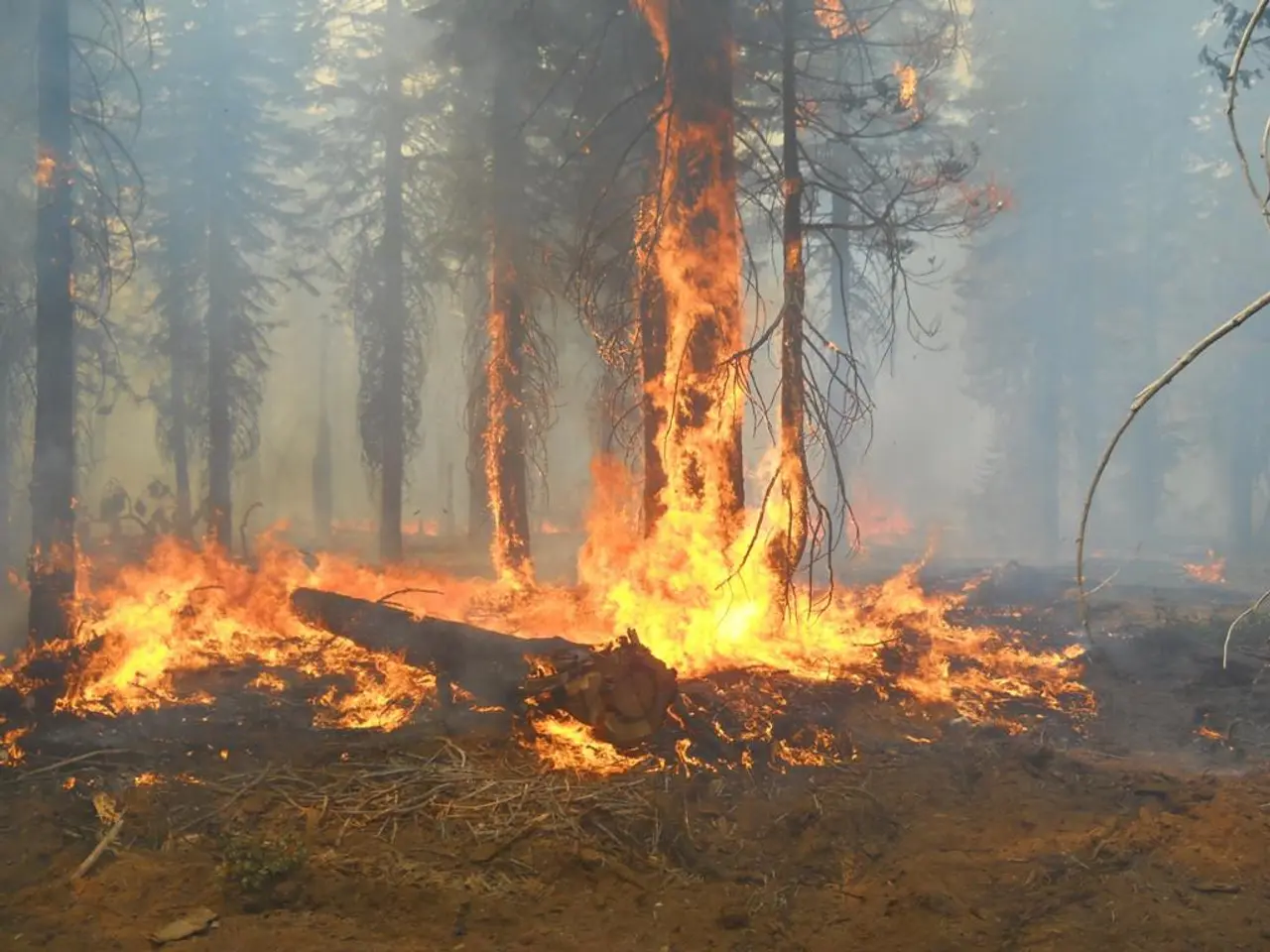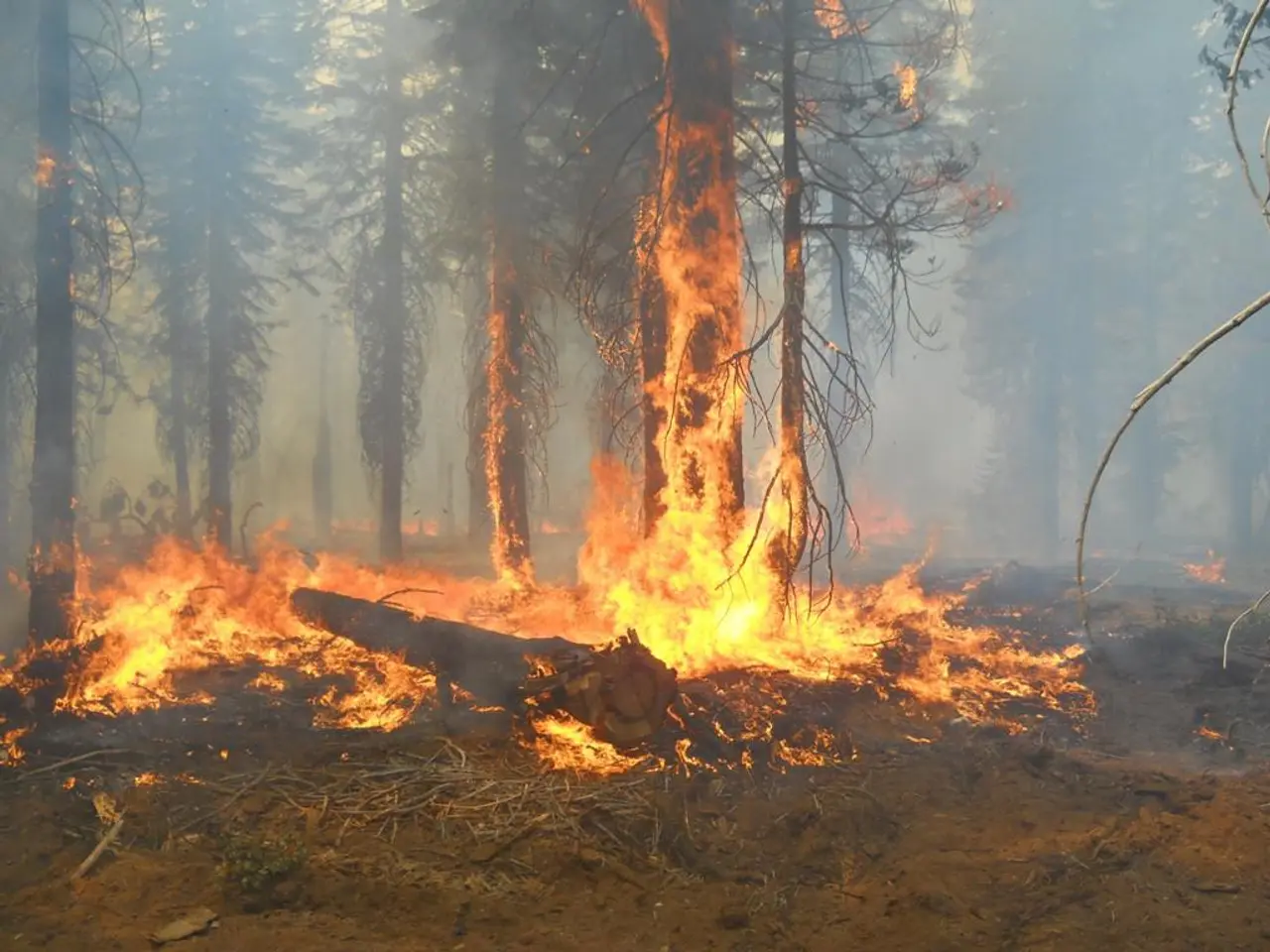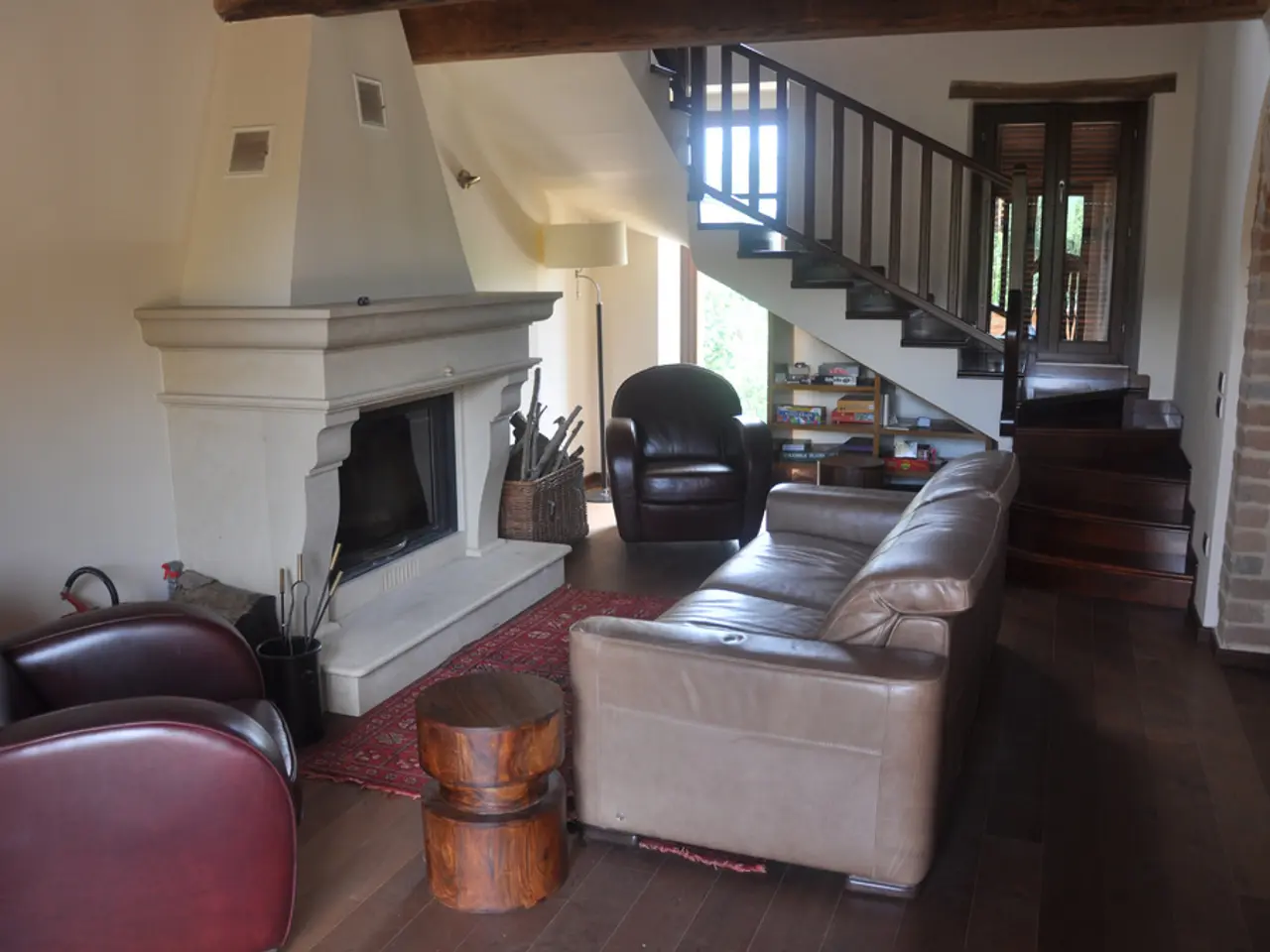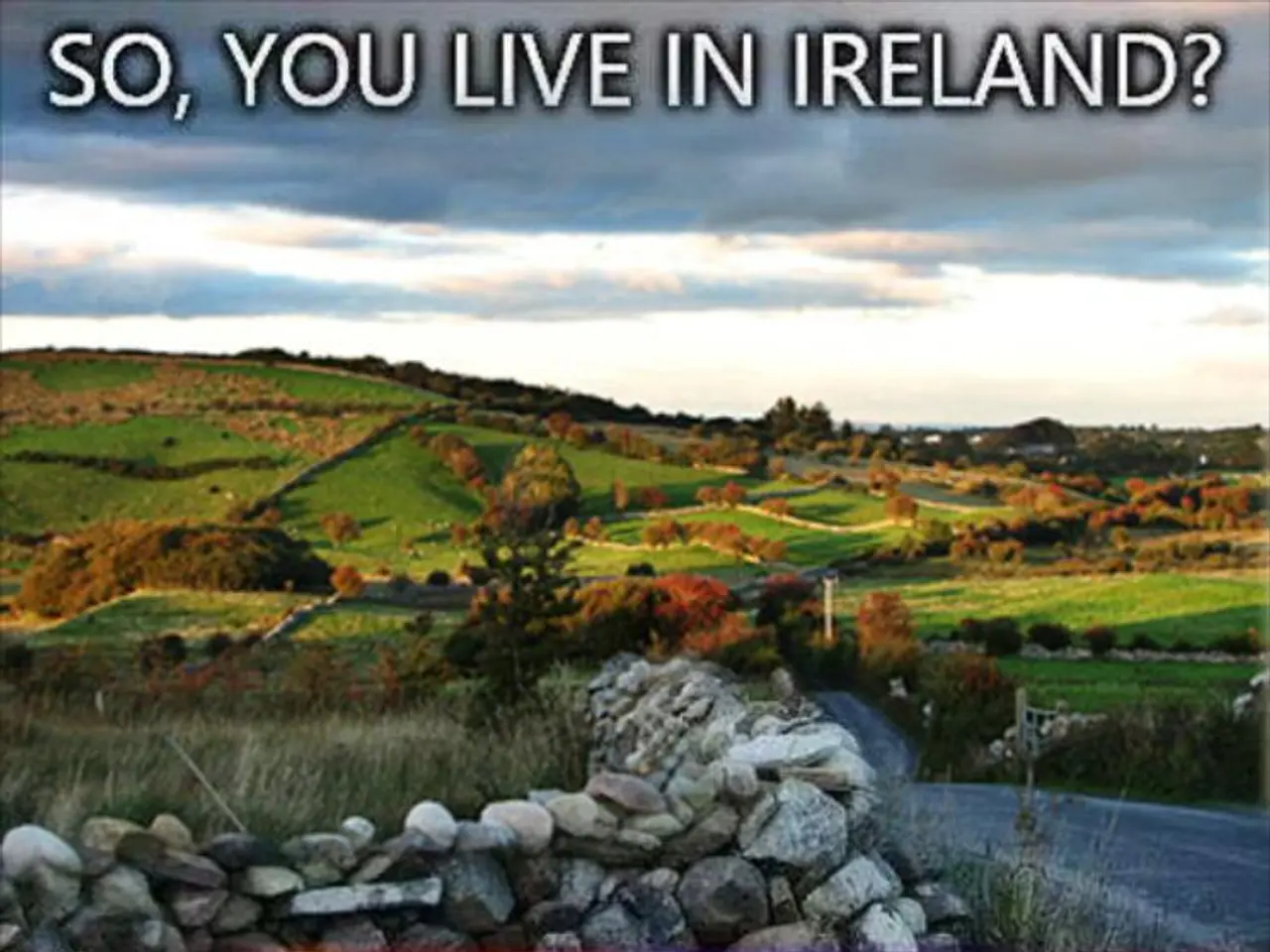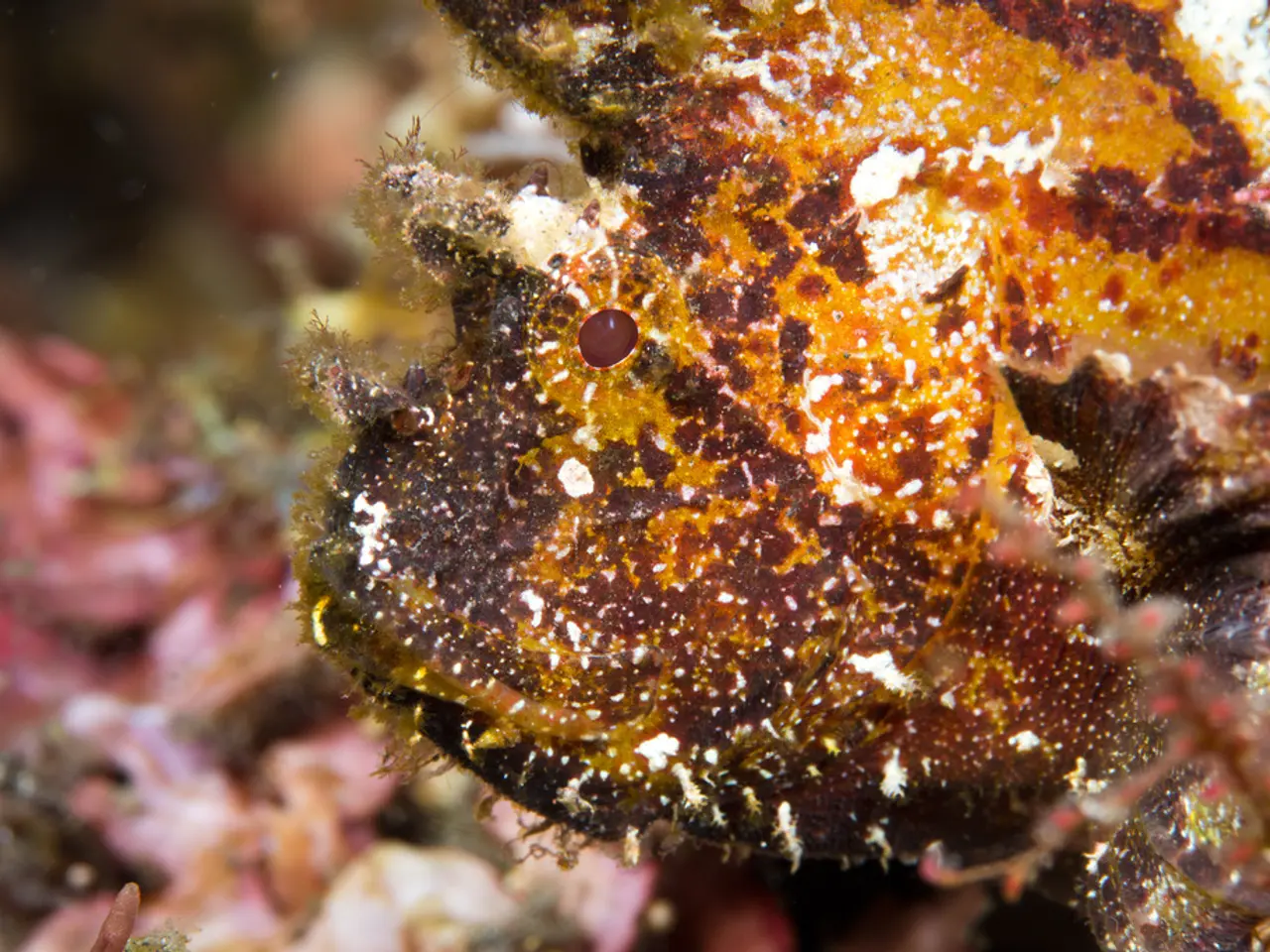Unleashed Tempests: Fires Equipped with Weather-Manipulating Capabilities
In the heart of Catalonia, Spain, the Lleida fire has been causing concern for local authorities and residents alike. This fire, however, is not just a random event but a stark reminder of the future of wildfires as they are increasingly influenced by climate change.
According to Alvaro Caballero, a fire expert, prevention is key to dealing with such destructive fires. The Lleida fire serves as a warning of what we may expect in the coming years.
The Lleida fire, due to its high thermal intensity, cannot be extinguished with conventional means. Its erratic and unpredictable behavior, including advancing against the wind, changing direction in minutes, and creating secondary hotspots kilometers away, has made it particularly challenging to contain.
One of the most alarming aspects of the Lleida fire is the formation of a pyrocumulus cloud, reaching heights of 14,000 meters, a record for the region. These clouds, generated by the intense heat of the fire, are capable of producing lightning, precipitation, and wind gusts, including downbursts, further fueling the fire.
The Lleida fire is a product of sustained extreme temperatures, extremely low humidity, and erratic winds of over 90 km/h. Climate change contributes to these conditions by creating more dry days, more heat, and more dry storms, providing ideal conditions for such fires.
The Lleida fire occurred in a context of more frequent heatwaves, prolonged droughts, and abundant accumulated vegetation fuel. This accumulation of dry vegetation, a result of decades of fire suppression policies and land management practices, acts as a large fuel load, making fires more intense and difficult to control.
These fires, known as sixth-generation fires, are characterized by their extreme intensity, rapid and unpredictable spread, and complex behavior involving multiple fire phenomena. They are a newer and more dangerous category of wildfires that have emerged under changing environmental conditions.
In summary, the Lleida fire is a stark reminder of the impact of climate change on wildfires. It is a testament to the fact that these fires are more intense, unpredictable, and challenging to control than previous wildfire generations. As we continue to grapple with the effects of climate change, it is crucial to adapt our fire prevention and management strategies to meet the challenges posed by these sixth-generation fires.
Scientists in the field of environmental science are warning that the Lleida fire's extreme behavior is a sign of future wildfires due to climate change. In fact, weather forecasting suggests that climate change will increase the occurrence of dry days, heat waves, and dry storms, providing optimal conditions for sixth-generation fires, a newly emerged and more dangerous category of wildfires. To combat these intense and unpredictable fires, it's essential thatPredictive weather-forecasting and climate-change research are integrated into the average environmental-science curriculum to prepare future fire experts and policymakers.
